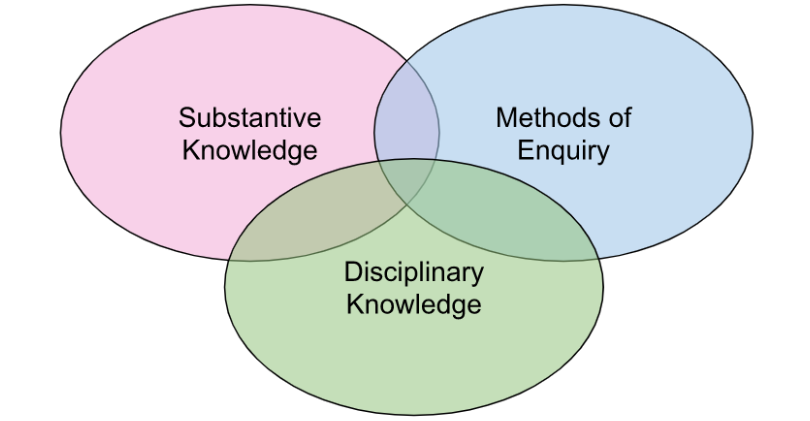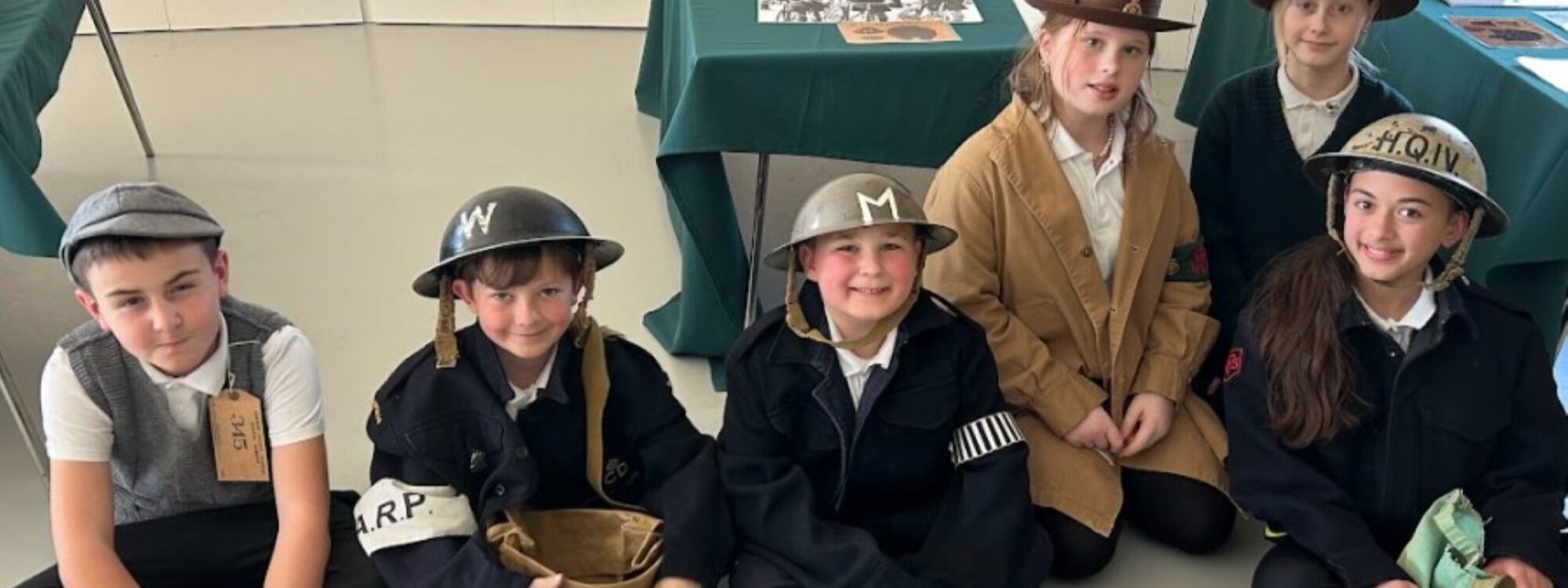History
History is the study of people and events from the past and the impact they have had on the world we live in today. It helps us understand how societies and civilisations have developed over time, and how events and people have shaped Britain, and the wider world, as we know it today.
At Portfield Primary Academy, we believe that learning about history is important for many reasons. Firstly, it helps pupils develop a strong sense of chronology and an understanding of the past. This is key to developing a sense of identity and understanding of where they fit into the world.
Secondly, studying history helps pupils to develop their critical thinking. Pupils are encouraged to ask questions and think deeply about the sources and evidence presented to them. They learn how to weigh up different perspectives and draw conclusions from the evidence, which are techniques that will serve them well in their future lives.
Finally, history helps pupils to develop an appreciation for different cultures and ways of life. As pupils study different periods in history, they learn about the beliefs, customs and traditions of people from around the world. This helps them to become more tolerant and respectful of others, and to appreciate the diversity of human experience.
We believe that learning about history is a vital part of a well-rounded education and we are committed to providing a rich and engaging history curriculum that will inspire our pupils to develop a love of learning about the past.
History Content Overview
History Disciplinary Concept
History Substantive Concept Progression
History Substantive Knowledge Progression
Content of Our History Curriculum
Our history curriculum contains coverage of the full subject content from the National Curriculum History Programme of Study. This content has been sequenced in a way that ensures that pupils encounter new learning in a useful order.
For example, pupils in Year 3 and 4 learn about Roman Britain followed by Anglo-Saxon & Viking Britain followed by Medieval Britain. This specific progression of learning enables pupils to understand the sequence of events through British history from 43AD when the Romans invaded through to 1485AD when the British medieval period ended. This approach to the sequencing of historical content helps pupils develop a strong sense of chronology (the measurement of time).
Once pupils have the knowledge of people and events from British history, they then learn about people and events from other cultures that overlapped with these time periods. For example, pupils in Year 5 and 6 learn that Ancient Mayan culture in Central America and Anglo-Saxon culture in Britain occurred during similar time periods but in different parts of the world. By drawing upon their prior knowledge of life in Anglo-Saxon Britain (learnt in Years 3 & 4), pupils will be able to make comparisons between the two cultures.
Building Knowledge and Conceptual Understanding
The diagram below shows how we teach history at Portfield. There are three interconnected parts to every history lesson:
SUBSTANTIVE CONCEPTUAL KNOWLEDGE - This is the knowledge of the core facts and stories about the past.
DISCIPLINARY CONCEPTUAL KNOWLEDGE - This is the knowledge of how historians study and think about history.
METHODS OF ENQUIRY - Each lesson is framed around a key enquiry question which prompts pupils to ask questions about sources and draw conclusions from the evidence, with modelling from their teacher.

Substantive conceptual knowledge includes learning the facts and stories about people and events in the past. However, it's not just about learning facts in isolation, but also understanding how they are connected to larger ideas/concepts. So that our pupils can start to connect the key historical facts and stories within our curriculum, we have grouped them into 'big ideas'. Within our history curriculum, these big ideas/concepts include:
- power
- movement and migration
- culture and community
- conflict
To help pupils build a deep understanding of these 'big ideas', pupils will first learn about smaller ideas/concepts that are connected to them.
For example, the 'big idea' of POWER can be formed in our memories by first understanding smaller concepts such as democracy, rule, monarchy, parliament, slavery etc.
As pupils remember more about these smaller concepts, they start to build a web of connected ideas in their memory. In other words, they start to see how these smaller ideas are linked which helps them understand the bigger idea/concept. These connected 'webs' are often called schemas within the world of cognitive (brain) science.
You can see how the core historical facts and stories within our curriculum are grouped into 'big' ideas/concepts by looking at our 'Substantive Concepts Progression' above.
Disciplinary conceptual knowledge includes learning how historians think about and debate history. It is therefore a question of considering:
- why something happened (cause)
- what the result of the event might have been (consequence)
- how the past might have led to different opportunities for different people (similarity and difference)
- why a person or event might be important (significance)
- how things have changed and stayed the same over time (continuity and change)
- how different sources can provide different evidence (sources and evidence)
- how events can be viewed in different ways (interpretation)
Methods of enquiry are how children learn and talk about history. They include asking questions, looking at evidence and finding answers, and sharing what they've learned with others. Within our history curriculum, the key enquiry questions link the two types of knowledge together to ensure that pupils are learning to think like historians by studying historical content in context. For example, the question, 'How did the industrial revolution change the lives of people in Britain?' teaches pupils the core factual (substantive) knowledge about the industrial revolution but also about the historical disciplinary concept of 'change'.
In other words, there is no history without historical facts but to make sense of these facts, pupils need to be able to think like historians. They need to be able to understand the context, significance and causality of the facts and the way in which the facts fit into the timeline of history. Pupils learn that it is possible to have different views of history depending upon the selection of the sources used to gain historical knowledge and the interpretation of the information.
Retrieval Practice
Retrieval practice is a learning strategy that involves actively recalling information from memory. At Portfield, retrieval practice is an essential part of our history curriculum design, with pupils regularly recalling information from intervals in the past (e.g. last lesson, last term, last year). Retrieval practice can take many forms, such as having pupils answer questions about previously taught material, taking practice quizzes or writing short summaries of what they have learned.
The goal of retrieval practice is to strengthen students' memories of taught material, making it more likely that they will be able to recall it easily later on. As explained by the analogy in the video below, the more times that pupils revisit memories, the stronger the pathway becomes and the easier it is to remember.
